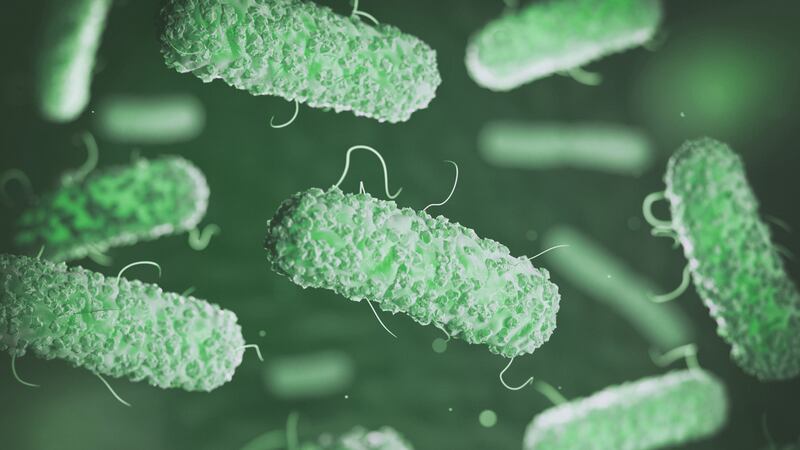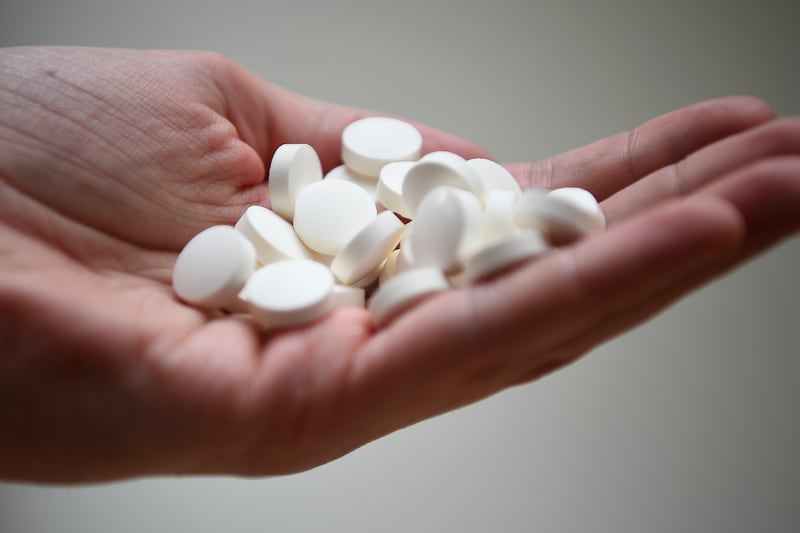Germs are present everywhere.
Invisible to the naked eye, they live among us and within our bodies, and can cause various ailments ranging from the common cold and flu to life-threatening conditions like sepsis and listeria infection.
However, not all germs are bad.
Dr Tim Planche, a senior clinical lecturer in microbiology at St George’s, University of London, gives us the low-down on some common misconceptions that we have about microbes.
1. All germs are harmful
Yes, bugs can be bad and cause ill health, but not all bacteria are harmful.
Dr Planche says: “There are already tens of billions of bacteria in our bodies which we live with in complete health.
“There are thousands of different bacteria in the world, most of which are harmless to humans. Only a very tiny percentage cause disease.”
2. Superbugs are untreatable
Dr Planche says: “There are many types of antibiotics available to treat some superbugs such as MRSA or Clostridium difficile infections.
“There are some very highly-resistant bacteria such as Klebsiella or pseudomonas that have been reported resistant to all antibiotics but this is very rare.”
3. You always catch an infection from a dirty environment or hospital
While it is possible to contract bacterial infection in a hospital, the environment isn’t necessarily the cause. It could be that your immune system is not performing as efficiently.
Dr Planche explains: “The majority of serious infections we get in hospital result from the bacteria we normally carry in our bodies.
“When we are sick, our normal defences against bacteria do not work well. For this reason, bacteria that were harmless before can cause infection later.”
4. Anyone with a fever needs a course of antibiotics
Antibiotics only treat bacterial infections and not all fevers are caused by bacteria.
Dr Planche says: “They won’t have any effect on the common cold, flu or viral infections.”
5. Vaccines are dangerous
While there are people who get worried about vaccines, Dr Planche says it is the safest way to protect from serious infectious diseases.
He adds: “All vaccines are thoroughly tested and the balance of risks is in favour of taking them.”
6. We can use antibiotics saved in the cupboard from a previous infection
Unfortunately, antibiotics don’t work on all bacteria.
As Dr Planche points out: “The ones you had last time round may not work on the new infection.
“Scientists also consider that this is a contributor to the rise of antibiotic-resistant bacteria.”
7. People can become resistant to antibiotics
Antibiotics treat the bacteria without affecting the person, so if resistance develops, it is in the bacterium, not the human.
Dr Planche says: “If you had a resistant infection in the past, any new infection with a different bug may respond well – even to the previous antibiotic treatment.”
8. Any side effect you get from an antibiotic means you have an allergy and can never take it again
There are lots of side effects of antibiotics but these aren’t necessarily an allergy, like for example, getting a funny taste in your mouth, nausea, or even diarrhoea.
But an allergy is a specific immune reaction to a drug – for example penicillin antibiotics are part of a large group of antibiotics called Beta lactams which can cause a rare but serious immune response.
Dr Planche says: “Microbiologists find it annoying when a patient will say they are allergic to penicillin, often meaning they once had diarrhoea after taking a penicillin antibiotic – but that’s not an allergy.
“A serious allergic response would be a bad skin rash or anaphylaxis.”
















